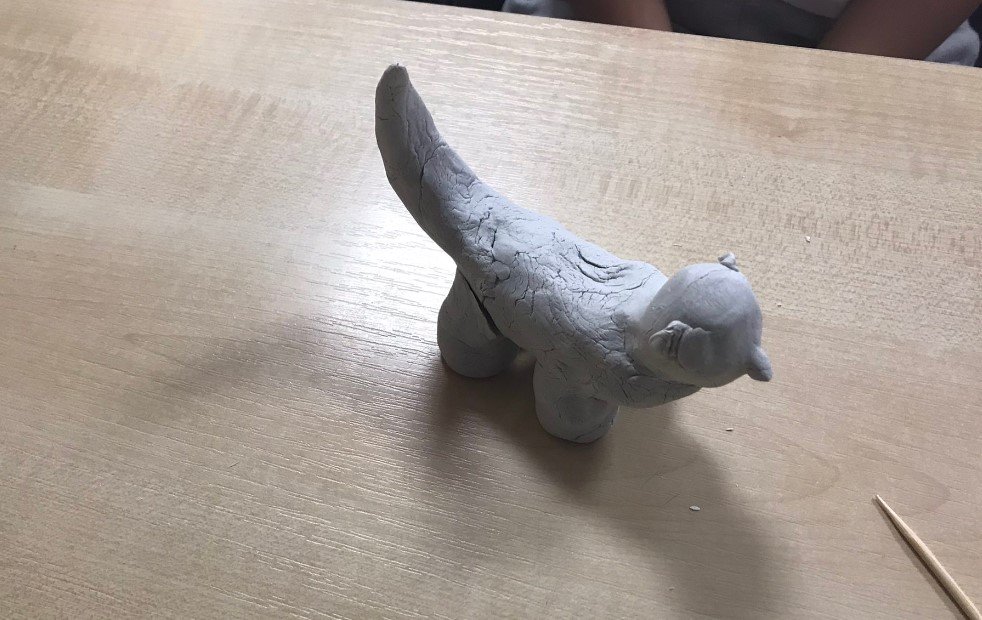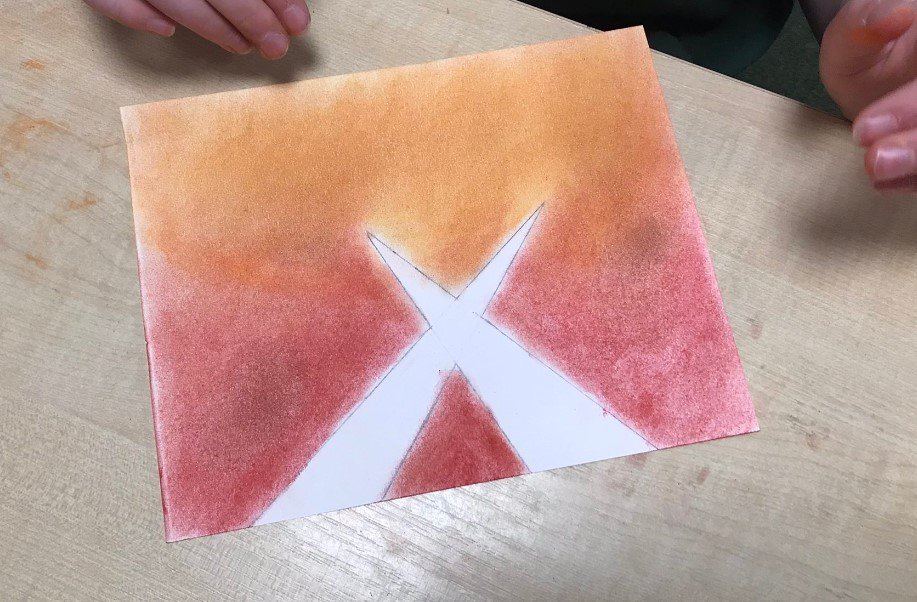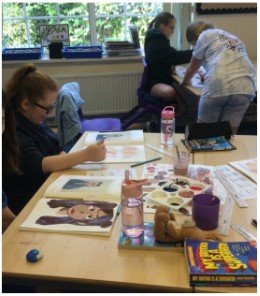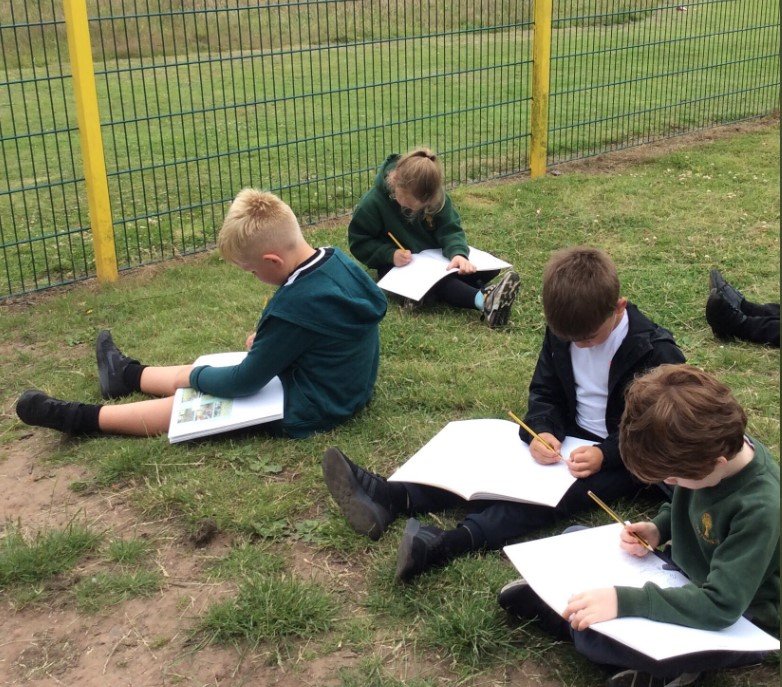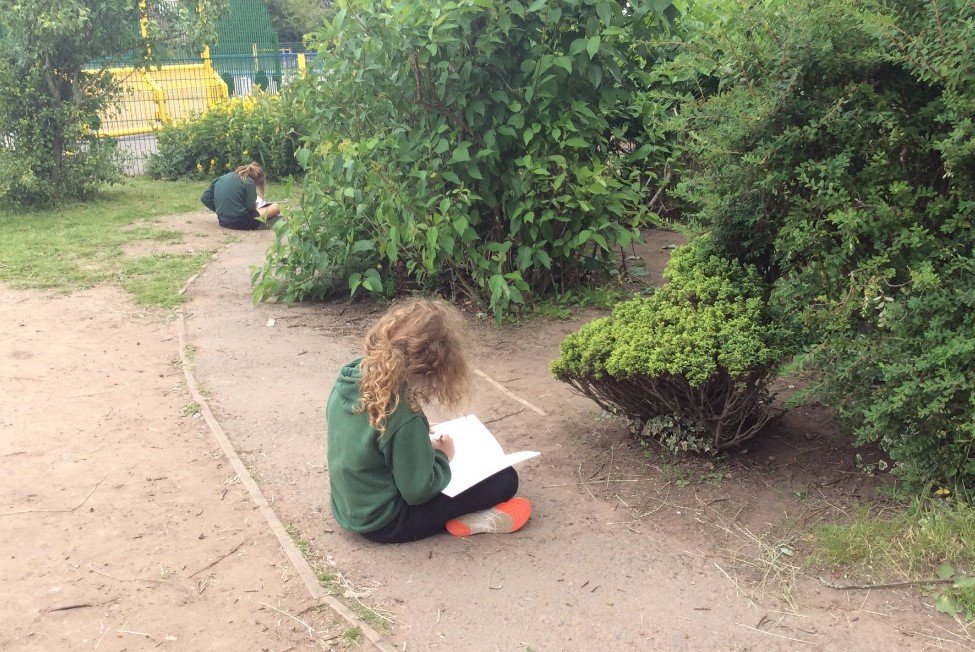Art & Design
Subject Leader: Mrs Shirley Connolly
Our vision for Art & Design
At Heygarth we envision that every child will explore and develop their creative skills using a wide range of media, materials and processes. We value the use of sketch books which help children develop their ideas and show progression they encourage the importance of experimentation, exploration and evaluating ideas in imaginative ways. We expect children to work on their own and to collaborate with others on two and three dimensional projects, on small and large scales. We enjoy using a cross-curricular approach, bringing topics to life and believe the local environment of the Wirral should be a focus point of our work. The use of Art Galleries, artists and art ‘all around us’ is used to inspire and enrich our curriculum.
At Heygarth we want all children to be aware of ‘the world we live in’ . For them to understand the processes and skills involved in what they see on a daily basis. We want them to learn those skills in order for them to be able to express their own ideas independently through a range of styles, media and cultures.
Our classrooms, corridors and outside environment display their two dimensional and three
dimensional creative work, our children are confident artists with an imagination to match.
‘’Before a child talks they sing. Before they write they draw. As soon as they stand they dance.
Art is fundamental to human expression’’.
Our Rationale for Art at Heygarth
At Heygarth our art curriculum is a knowledge rich curriculum. Knowledge not only of artists, designers, architects and their work, but of the artistic concepts that relate to their work shown in different types and styles of art, how these relate to each other in a historical context and how this affects the children’s own use of materials and development of skills. In EYFS, children learn to experiment with colour, texture and design and explain their own processes. The curriculum is designed to build on this and to enable children to learn by making connections between the work of artists, architects and designers and their own work, which they evaluate and relate back to the works they have studied.
Units of work in the curriculum focus on the different concepts in art and different types of art. In this context concepts in art means the different elements of art (line, shape, colour, tone, form, space, visual texture and tone), how an artist combines these elements and produces art in different styles, for example realistic or abstract art. Different types of art means the different media used to make art (e.g. sculpture, architecture or painting), different subject matter (e.g. portraits, landscapes or history painting) and different artistic movements, historical periods or geographical cultures (e.g. impressionism, Ancient Greek art and Australian aboriginal paintings).
The overall curriculum provides gradual progression in terms of skills (split into painting, drawing, 3D form, collage, textiles, printmaking and mixed media), introducing the children to as diverse a range of materials as possible. The structure of the planning also provides for progression in terms of process in art, both in terms of critical analysis of others’ art and the necessary observation, exploration and evaluation needed for the children to create their own art.
Use of sketch books is an important and key aspect of art at Heygarth. The child’s sketchbook is a window into their observations, explorations, experimentation and thoughts about art, artists and craft workers as well as their opinions about their own and others work. At Heygarth we value this process as much as the finished product itself. Sketch books act as a journal to look back on past experimentation, techniques and medium that they have used and help children apply past knowledge when learning new skills and techniques. A child’s sketch book will continue with them as they progress through the school.
Specific units and artists have been added to the curriculum to introduce more equality and cultural diversity. The range of artists and craft workers studied are varied ranging from traditional male 19th Century artists to 21st Century African female craft workers.
Heygarth is not responsible for the content of external sites.


